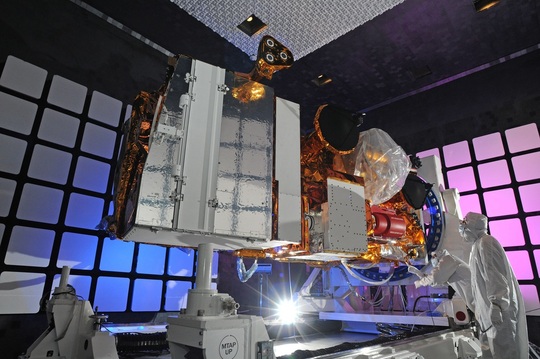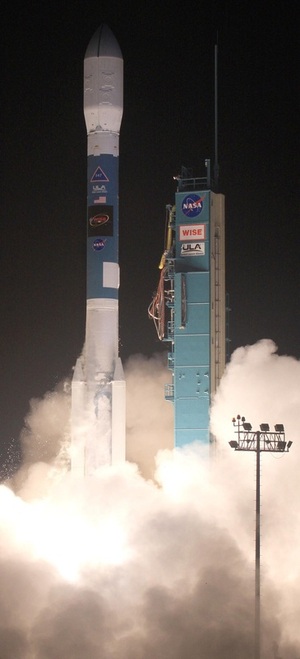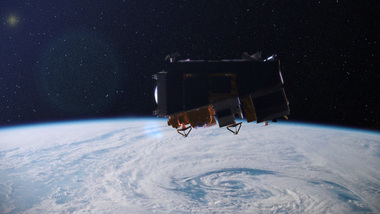NPP Mission Design
Design and Development Phase
Ball Aerospace designed and built the NPP Spacecraft Bus and is responsible for integrating the intruments and for performing extensive testing of the spacecraft under contract to NASA’s Goddard Space Flight Center. Ball is also providing launch support. All Bus elements were completed in 2005 and the intruments have been integrated before testing started.

Launch Phase

Early in September, the Satellite will be delivered to Vandenberg Air Force Base where it will undergo final spacecraft processing and fueling operations. The NPP stallite will be mated to its launcher in October 2011 and complete final launch preparations and tests before being delivered to its desired orbit by a United Launch Alliance Delta II Rocket in its 7920-10 configuration. NPP will launch from the western Range from Space Launch Complex 2 at Vandenberg Air Force Base.
NPP’s Launch Window opens on October 25, 2011.
NASA Kennedy Range Services provides crucial support at the Vandenberg Launch site such as integration facilities, launch pad services and range commanding. About 5 to 7 days prior to liftoff, the Delta Rocket’s second stage is being filled with storable hypergolic propellants. After that, the mission is commited to fly within 37 days before the second stage is no longer certified for flight because its propellants can damage important parts of the system that need to function properly during powered ascent.
On launch day, the rocket’s first stage is being fueled. NPP can launch within a period that lasts for about 9 minutes on October 25. Shortly before liftoff, the core engine of the first stage of the Delta II ignites and is being monitored by computers. When all checks are passed, six of nine Solid Rocket Boosters (GEM-40 SRBs) are ignited and the vehicle lifts off. After 64 seconds, the SRBs are burning out and the remainig three are ignited. The six burned out boosters will be jettisoned. Burn-out of the three Air-lit SRBs follows. After Stage 1 cutoff and separation, the second stage will take over and place the satellite in its desired polar orbit with an altitude of 824km (512 miles). Shortly after Satge 2 Ignition, the 10-feet Payload Fairing that protects the satellite from thermal loads during powered ascent separates. After the final cutoff of the second stage engine, NPP separates from its launcher and will be on its own from that point on. Shortly after separation, its single solar array will unfurl and start to power the spacecraft. Three months of commissioning and checkout will be needed in orbit before the spacecraft can begin on-orbit operations. During that time, NPP will also be finetuning its orbit by using its own engines and RCS.
Mission Operations

NPP’s mission will last approximately five years and help bridge critical weather data collection until the Joint Polar Satellite System is operational in 2016. NPP Data will be distributed to various communities such as meteorologists, climate researchers, agricultural scientists and the aviation community. NPP’s measurements continue long-term climate data records from past and current Earth observing missions. The NPP mission will also be a testbed for new and advanced technology. This will reduce risk for the next generation satellite system using this technology.
Orbit
NPP will be placed in a sun synchronous circular orbit at an altitude of 824 kilometers. This orbit is similar to the orbit of NASA’s Terra and Aqua Satellites and provides a 16-day repeat cycle.
End of Mission
When NPP’s mission is finished, a period of decommissioning will begin. When that is complete, the satellite will perform a controlled re-entry to reduce the risk of impacting populated areas.
